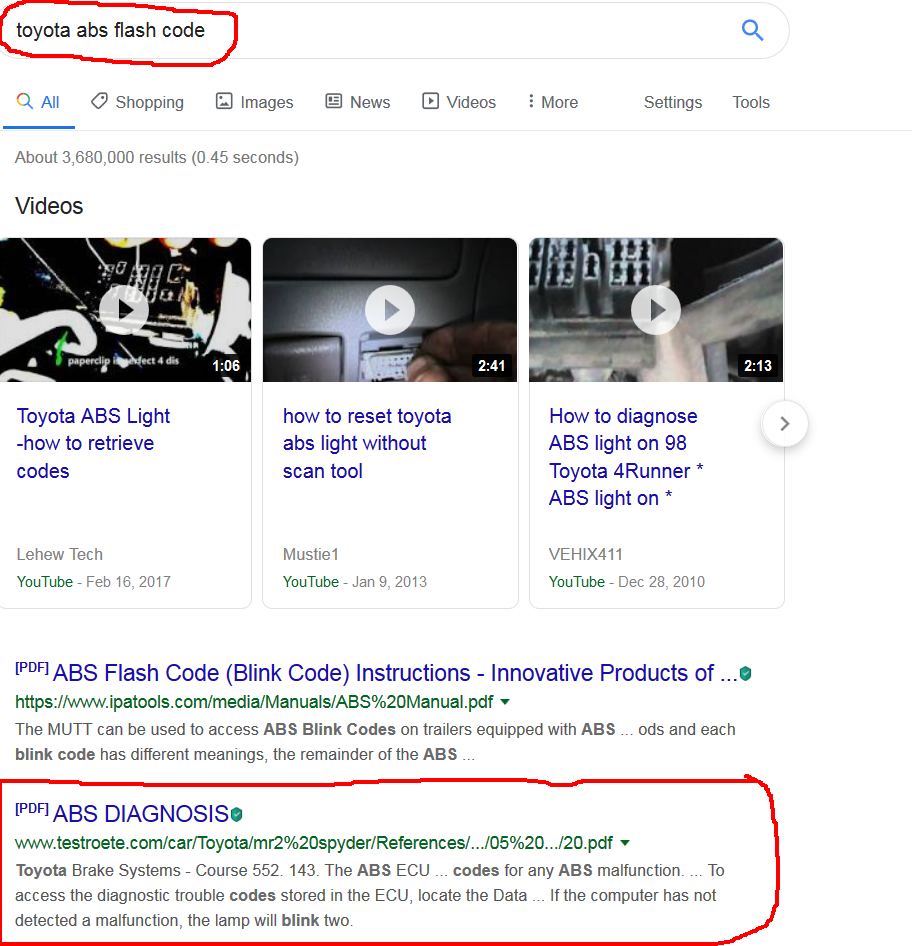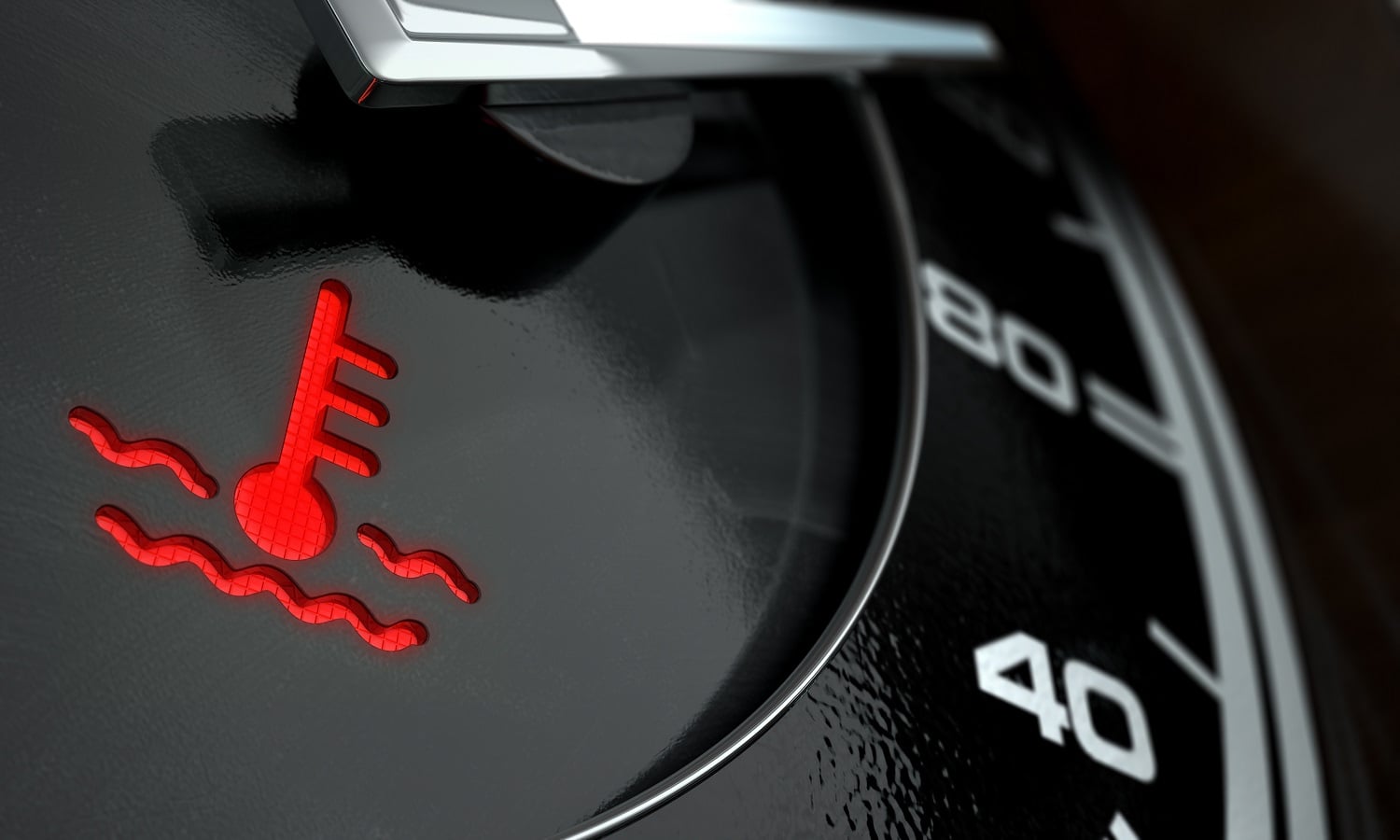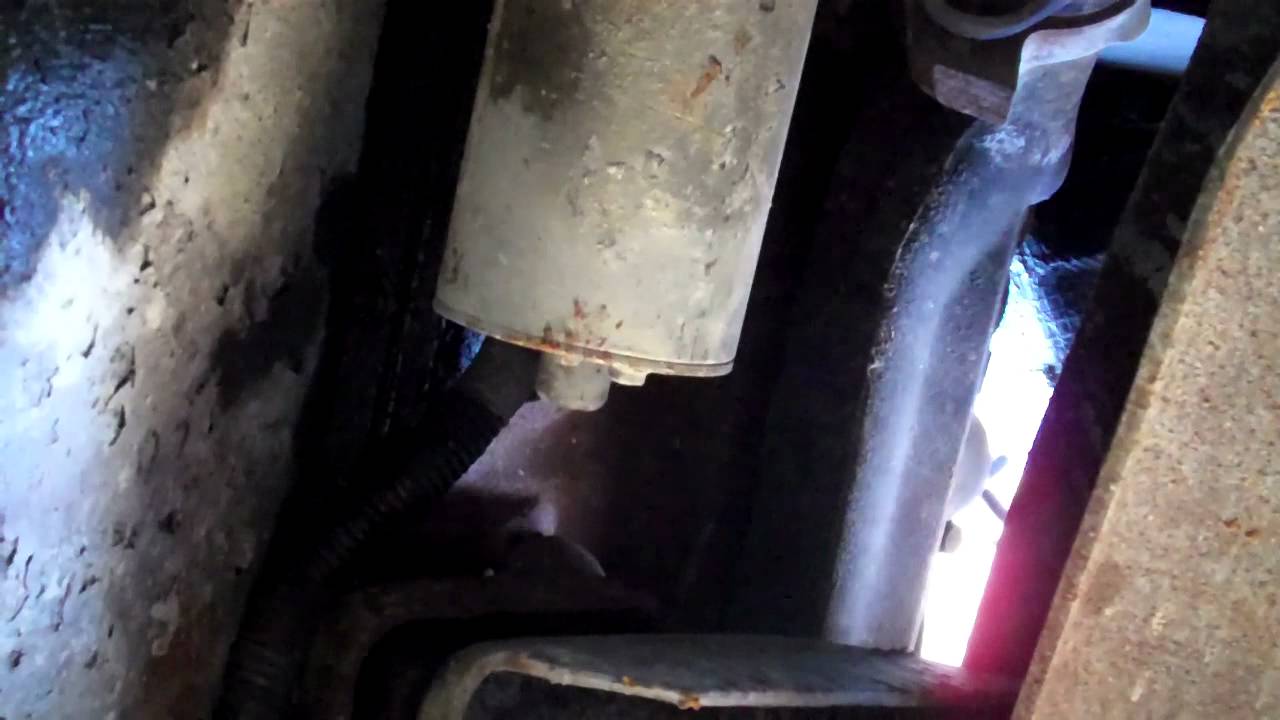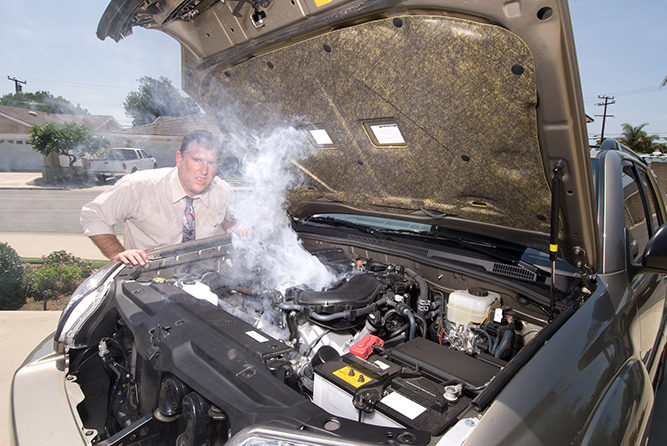How to Reset Abs Light Without Scan Tool
To reset the ABS light without a scan tool, usually, cycling the ignition from off to on several times or driving the vehicle for a short distance might reset the system. Note that if the underlying issue isn’t fixed, the ABS light will return.
Dealing with a persistent ABS light can be challenging without professional diagnostic equipment. This light is your car’s way of telling you there’s a problem with the Anti-lock Braking System, essential for your safety on the road. Despite the technical nature of this issue, drivers can sometimes reset the light and erase error codes through straightforward methods.
The goal is not just to turn off the warning light, but to ensure your vehicle’s braking system works correctly. Fixing the problem at its source is necessary; otherwise, the light will keep coming back, indicating unresolved issues. Remember, while resetting the light might temporarily turn it off, it’s crucial to have your car checked by a professional to avoid compromising your safety.

Credit: m.youtube.com
Why The Abs Light Comes On
The ABS light, or Anti-lock Braking System warning light, is your car’s way of telling you something is off with the system designed to prevent your wheels from locking during braking. This feature helps maintain steering control during an emergency stop. When the light illuminates, it’s time for immediate attention to ensure your safety on the road.
Common Triggers
The ABS light can flicker on for a variety of reasons. Below are some common triggers:
- Dirty or malfunctioning sensors: Each wheel has a sensor. Dirt can cause faulty readings.
- Low Brake Fluid: ABS relies on proper fluid levels.
- Fuses: A blown fuse can deactivate the system.
- Worn Brake Pads: They indirectly influence ABS performance.
- System Malfunction: Involves the ABS module or related components.
Potential Risks
Ignoring an illuminated ABS light presents certain risks. Key risks include:
| Risk | Consequence |
|---|---|
| Ineffective Braking | Longer stopping distance, possible crash |
| Loss of Traction | Skidding during abrupt stops |
| Damage to Braking System | Increased repair costs over time |

Credit: priuschat.com
Pre-reset Checks
Before resetting the ABS light on your car, perform a few essential checks. These steps ensure that the reset is necessary and safe. Follow these steps carefully to diagnose the problem first.
Initial Diagnostic Steps
Start with a visual inspection of the ABS components. Check the brake fluid level and look for visible signs of damage to sensors or wires. Note any recent repairs or changes to your braking system.
- Inspect brake pads for wear and tear.
- Check brake fluid levels – low fluid can trigger the ABS light.
- Review tire pressure – uneven pressure can cause ABS issues.
- Look for loose connections in the ABS sensor wires.
- Consider recent vehicle work that might affect the ABS system.
Safety Precautions
Safety is paramount when performing any car maintenance. Before attempting to reset the ABS light, take these safety measures:
- Park the vehicle on a flat surface and engage the parking brake.
- Turn off the engine to prevent electrical shock or injury.
- Wear safety glasses and gloves to protect your eyes and hands.
- Disconnect the battery terminals to avoid electrical hazards.
Manual Reset Techniques
At times, your car’s ABS light may illuminate on the dashboard. This signals an issue with the Anti-lock Braking System. Before scheduling a mechanic visit, try manual reset techniques to potentially clear the ABS light without a scan tool.
Disconnecting The Battery
Disconnecting the vehicle’s battery may reset the ABS light. This process involves a few straightforward steps:
- Turn off your car’s engine.
- Locate the battery under the vehicle’s hood.
- Detach the negative (-) battery cable.
- Wait for approximately 10 minutes.
- Reconnect the negative battery cable.
- Start the car to check if the ABS light has been cleared.
Abs Fuse Manipulation
Manipulating the ABS fuse can also reset the ABS light. This requires caution to avoid damage to the electrical system. Follow these steps for fuse manipulation:
- Locate your car’s fuse box, usually found under the dashboard or under the hood.
- Identify the ABS fuse using the diagram in your owner’s manual.
- Remove the ABS fuse carefully.
- Wait a short period, around 5 minutes.
- Reinsert the ABS fuse into its slot.
- Start the vehicle to see if the reset was successful.
Post-reset Confirmation
Once you reset the ABS light without a scan tool, it’s critical to ensure everything is working as it should. This process is what we call ‘Post-Reset Confirmation’. It involves a few steps that confirm the safety and functionality of your vehicle’s ABS system. Let’s look into how you can do this.
Testing Brake Performance
Start by testing your brakes in a safe environment. Find a quiet, flat road with little to no traffic. While applying the brakes at various speeds, note the following:
- Brake responsiveness: Brakes should respond promptly without delay.
- Pedal feel: The pedal should not feel spongy or too hard.
- Noise or vibration: Listen for unusual noises or feel for vibrations, which might indicate a problem.
Record your observations in a safe manner for future reference. If you spot any issues, consult a professional mechanic.
Observing Abs Light Behaviors
After the brake test, observe your dashboard, especially the ABS indicator light. Note these points:
| Behavior | What It Means |
|---|---|
| Light turns off | System is functioning normally. |
| Light stays on | ABS error is still present. Seek professional help. |
| Light blinks | Potential system malfunction. Procedure may need repeating or requires a mechanic’s diagnosis. |
If the ABS light stays on or blinks, it could be a sign of a deeper issue. Promptly consult a mechanic to avoid further complications.
Troubleshooting Persistent Issues
Seeing the ABS light on without a scan tool can be tricky. But before you decide to visit a mechanic, there are some steps you can take. For issues that persist even after trying basic reset procedures, further inspection is essential. Persistent ABS light issues may indicate a more serious problem with your vehicle’s braking system. Pay attention to symptoms and try to diagnose them using alternate methods. If the light remains on, it’s time to consider your options.
When To Seek Professional Help
Some situations require expert assistance. Seek professional help if you:
- Notice unusual noises when braking,
- Face a brake pedal that is less responsive than usual,
- See the ABS light on after multiple reset attempts,
- Observe that the ABS light turns on frequently.
These signs suggest a problem that goes beyond the basics. In such cases, a qualified mechanic’s diagnosis is crucial. They will have the tools to read error codes and fix the issue safely.
Understanding Error Codes Without A Scanner
Understanding what your car is trying to tell you without a scan tool is a challenge. Still, certain methods exist:
| Indicator | Possible Meaning |
|---|---|
| ABS Light Only | An ABS-specific issue. |
| ABS and Brake Light | A potential hydraulic issue. |
Count the number of times the ABS light blinks. A repeated pattern may hold the key to the problem. Check your vehicle’s manual. It may provide insight into these flash patterns. Remember, each car model is unique.
Maintaining Your Abs System
Keeping your ABS (Anti-lock Braking System) in prime condition is crucial for driving safety. Regular maintenance can prevent the ABS light from illuminating on your dashboard, which often suggests there is a problem. Understanding how to maintain your system will keep your brakes responsive and reliable.
Routine Checks And Balances
Conducting regular checks on your ABS system is vital. These include inspecting brake pads, fluids, and sensors. Here’s a checklist to follow:
- Brake Pads: Check for wear and replace if needed.
- Brake Fluid Level: Ensure it’s at the recommended level.
- Sensors: Make sure they are clean and free of debris.
Remember, clean components make for an error-free ABS system.
Preventing Future Abs Problems
Preventive measures are key to avoiding future ABS issues. Consider the following:
| Action | Benefit |
|---|---|
| Regular Cleaning | Removes harmful debris. |
| Brake Fluid Change | Ensures proper hydraulic pressure. |
| Wheel Speed Sensor Check | Prevents signal loss to ABS module. |
Schedule annual inspections and follow manufacturer guidelines to prevent ABS malfunctions.

Credit: www.amazon.com
Frequently Asked Questions For How To Reset Abs Light Without Scan Tool
Can Abs Light Reset By Disconnecting Battery?
Disconnecting the battery for a short period can sometimes reset the ABS light. However, this may not address underlying issues. It’s always recommended to diagnose and fix the root cause for a permanent solution.
What Triggers The Abs Warning Light To Come On?
The ABS light is triggered by issues like faulty wheel speed sensors, damaged ABS rings, low brake fluid levels, or malfunctions in the ABS module. Regular maintenance can help prevent such problems.
Is It Safe To Drive With Abs Light On?
Driving with the ABS light on is not recommended as it indicates a problem with the anti-lock braking system. This could affect your ability to stop quickly in an emergency, compromising safety.
How Do I Perform An Abs System Reset At Home?
To reset the ABS system at home, ensure the vehicle is turned off, disconnect the battery, wait a few minutes, and reconnect it. This may clear the ABS light if the issue is minor.
Conclusion
Wrapping up, resetting an ABS light can be straightforward without a scan tool. By following the steps provided, you can address warning lights efficiently. Remember, regular car maintenance helps prevent such issues. For more car care tips, keep following our blog.
Drive safely and stay informed!







